Fear is one of the body’s natural biological processes, and its purpose is simply to protect. However, sometimes the fight or flight response becomes maladaptive and brings about unnecessarily high levels of distress in safe circumstances. This point, where fear becomes a hindrance to daily life, is when the distinction is made between typical responses and a phobia.
The name phobia originates from the Greek word phobos, which translates to fear or horror. For someone with a phobia, this translation is clearly applicative. Facing down a frightening trigger such as a hairy spider or a high balcony may be manageable for most, but for around 16% of teenagers in the United States, this small stimulus could bring on a full fledged panic attack. It can be a confusing experience as the pulse quickens and the nausea sets in. What’s going on here is the activation of a phobia, which is a type of anxiety disorder. Unlike a generalized healthy fear of potentially dangerous situations, phobias are the irrational or excessive fear catalyzed by certain stressors.
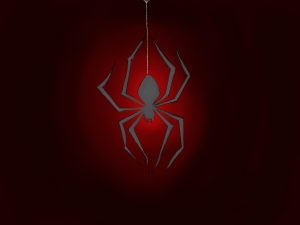
There are two different types of phobias: simple and complex. A simple phobia is centered around a specific object or thing such as spiders, heights, germs, flying, or blood. A complex phobia is centered around particular circumstances. Two examples of complex phobias are a fear of social situations (social phobia), and a fear of the inability to escape (agoraphobia).
The causes of phobias are often well hidden because their origin is located deep beneath the surface. They can be the result of a variety of reasons such as past trauma, learned behaviors, genetics, and even brain structure. Having a bad experience such as being attacked by an animal can form a phobia, and if adults in the household are anxious themselves, a phobia can develop into a learned behavior.
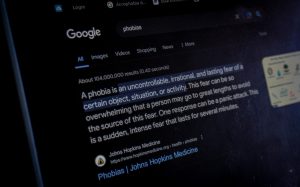
Cognitive Behavioral Therapy Los Angeles explains that “The most current research suggests that almost 50% of the development of phobia can be attributed to genetic loading.” Those with a familial history of phobias are more prone to having one. Mayo Clinic even suggests that “a person with a specific phobia can have a different brain structure than a person without that specific phobia.”
To understand phobias, it is important to recognize what’s going on in the brain when the panic attacks. The ultimate goal of fear is to keep us safe, but Cinta Martos from NeuronUP shares that excessive fear occurs when “the body feels that its very survival would be at stake if the fear ceased.” The brain shifts gears into panic mode to ensure safety, but in today’s modern society, this unreasonable fear does more harm than good. Martos elaborates that the amygdala, a part of the brain, connects the stimulus with the environment and triggers the body to react to the threat.

One of the explanations behind phobias is fear conditioning. Fear conditioning pairs a neutral stimulus, such as a sound or phrase, with an aversive stimulus, such as a snake or weapon. The brain rapidly makes a connection between fear and the neutral stimulus, and this connection can signal the start of a phobia. The previously neutral stimulus becomes a frightening trigger, and this process isn’t surface level; “The entire process of acquiring phobias has a neural basis,” Martos remarks. During this rapid and subconscious activity, “neurons undergo molecular and structural changes.” Phobias are not just a shallow or simple fear, but rather a deeper response with a physical cause.
Phobias are often managed behind closed doors, but there can come a point where this self reliance becomes unhealthy. Many phobias can be treated using various techniques. One suggestion would be to meet with a cognitive behavioral therapist; a therapist will help to talk through the struggles and suggest several exercises to minimize the distress. Some strategies could include exposure therapy, cognitive restructuring, mindfulness, and relaxation.
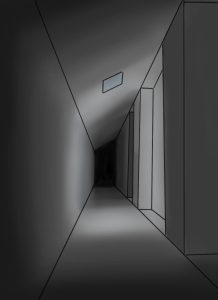
Better Health explains that exposure therapy is “learning to fight your fear of something by understanding it and gradually being exposed to it, in a safe environment.” By taking baby steps to slowly reduce the fear in certain instances, exposure therapy can eliminate nearly all the symptoms of a phobia. One way to do this is by using a “fear ladder,” which breaks down the mini goals within the main goal of overcoming a phobia.
Another technique Better Health shares is cognitive restructuring, which is “learning to recognise your negative thoughts, dispute them, and think of more helpful ways to respond to a situation.” By using this strategy, your mindset can be altered, and spine-chilling phobias can become not so chilling.
Phobias have mystified people for years, and scientists are still conducting research, but we now know much more than we did before. A phobia is an anxiety disorder, and recent studies are suggesting significant neurological and genetic backgrounds behind the fear. They are distinguished from general fear by being irrational or excessive, but with help from a professional, they can be overcome. Phobias may be spooky, but they don’t need to be suffered in solitude.
Sources:
“Causes of phobias.” Cognitive Behavioral Therapy Los Angeles, cogbtherapy.com/causes-of-phobias#:~:text=The%20most%20current%20research%20suggests,tend%20to%20run%20in%20families.
“Fighting Your Fears.” Better Health Channel, Department of Health & Human Services, 15 Sept. 2017, www.betterhealth.vic.gov.au/health/healthyliving/Fighting-your-fears.
Martos, Cinta. “Phobias and the brain: Eliminating phobias.” NeuronUP, 3 Feb. 2021, neuronup.us/cognitive-stimulation-news/mental-disorder/anxiety-disorder/phobia/phobias-and-the-brain-eliminating-phobias.
Mayo Clinic Staff. “Specific Phobias.” Mayo Clinic, Mayo Foundation for Medical Education and Research, 9 June 2023, www.mayoclinic.org/diseases-conditions/specific-phobias/symptoms-causes/syc-20355156#:~:text=Many%20phobias%20start%20because%20of,or%20anxiety%20of%20your%20parents.
Professional, Cleveland Clinic Medical. “Phobias.” Cleveland Clinic, my.clevelandclinic.org/health/diseases/24757-phobias.















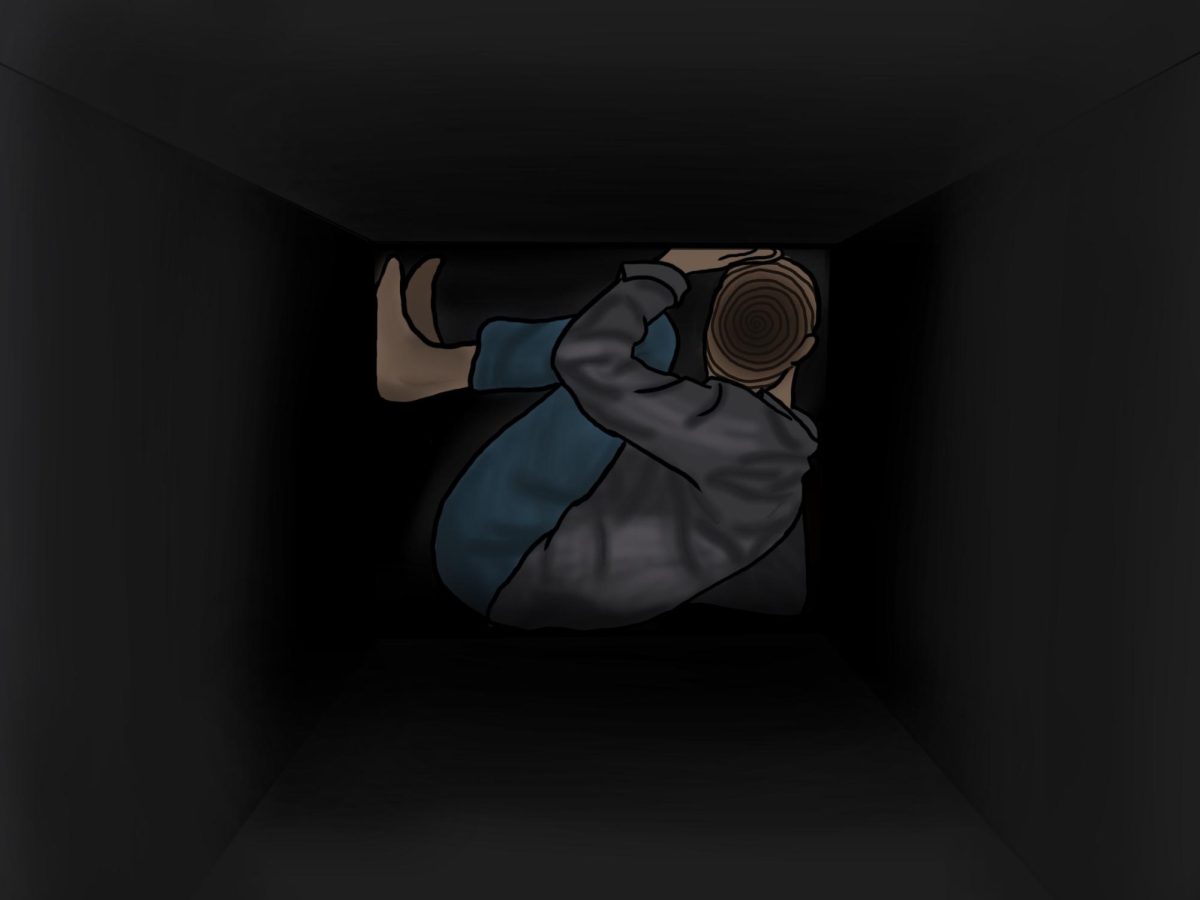





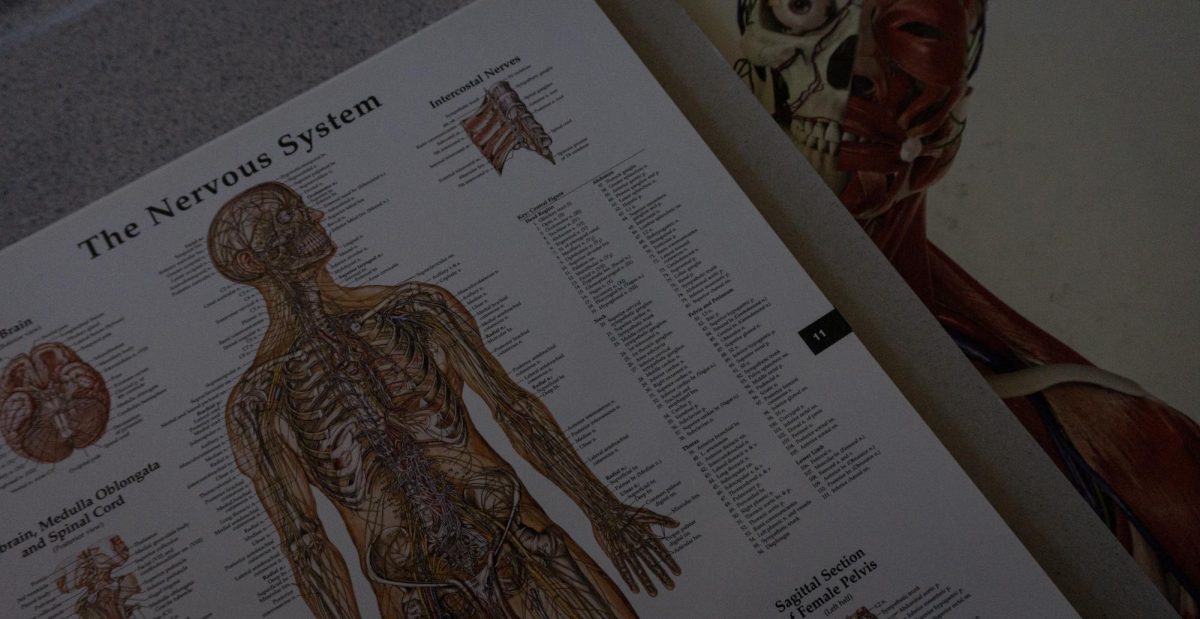



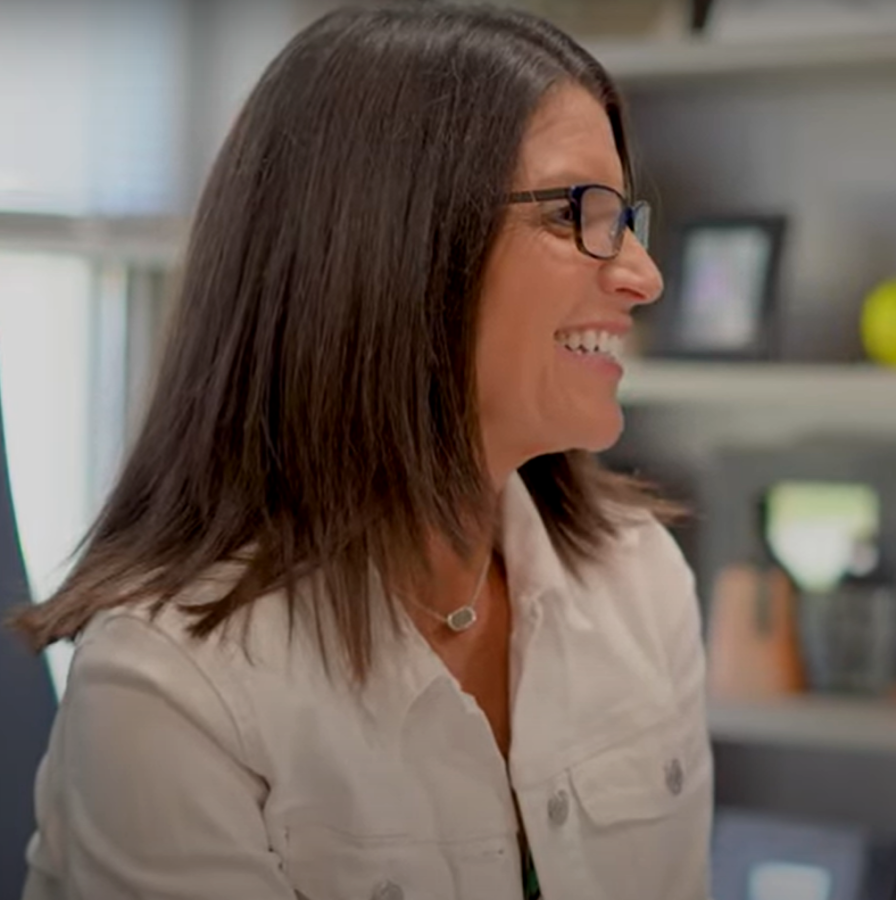












Anya Singhal • May 15, 2024 at 11:23 am
The way you wrote this article is beautiful and unfortunately relatable.
Hannah L. • May 13, 2024 at 8:37 pm
I loved the structure that you used in your article. It was informative and helped me better understand phobias.
Amena • May 13, 2024 at 11:46 am
The first photo represents claustrophobia very well with the darkness and the way the person pushes against the walls confinement.
Brendan Thornton • May 13, 2024 at 11:44 am
I really love these drawings! They really emphasize the importance of the article.